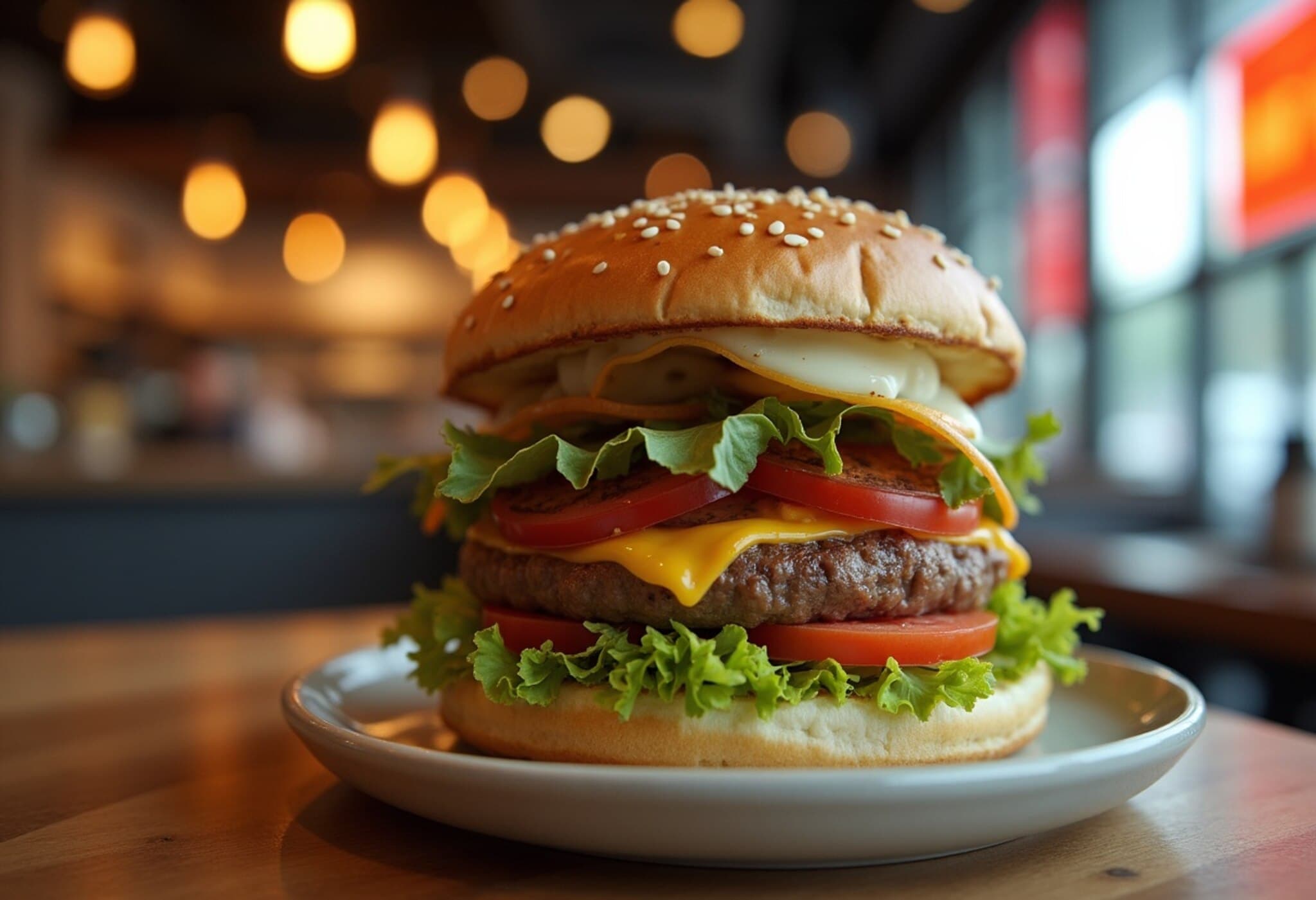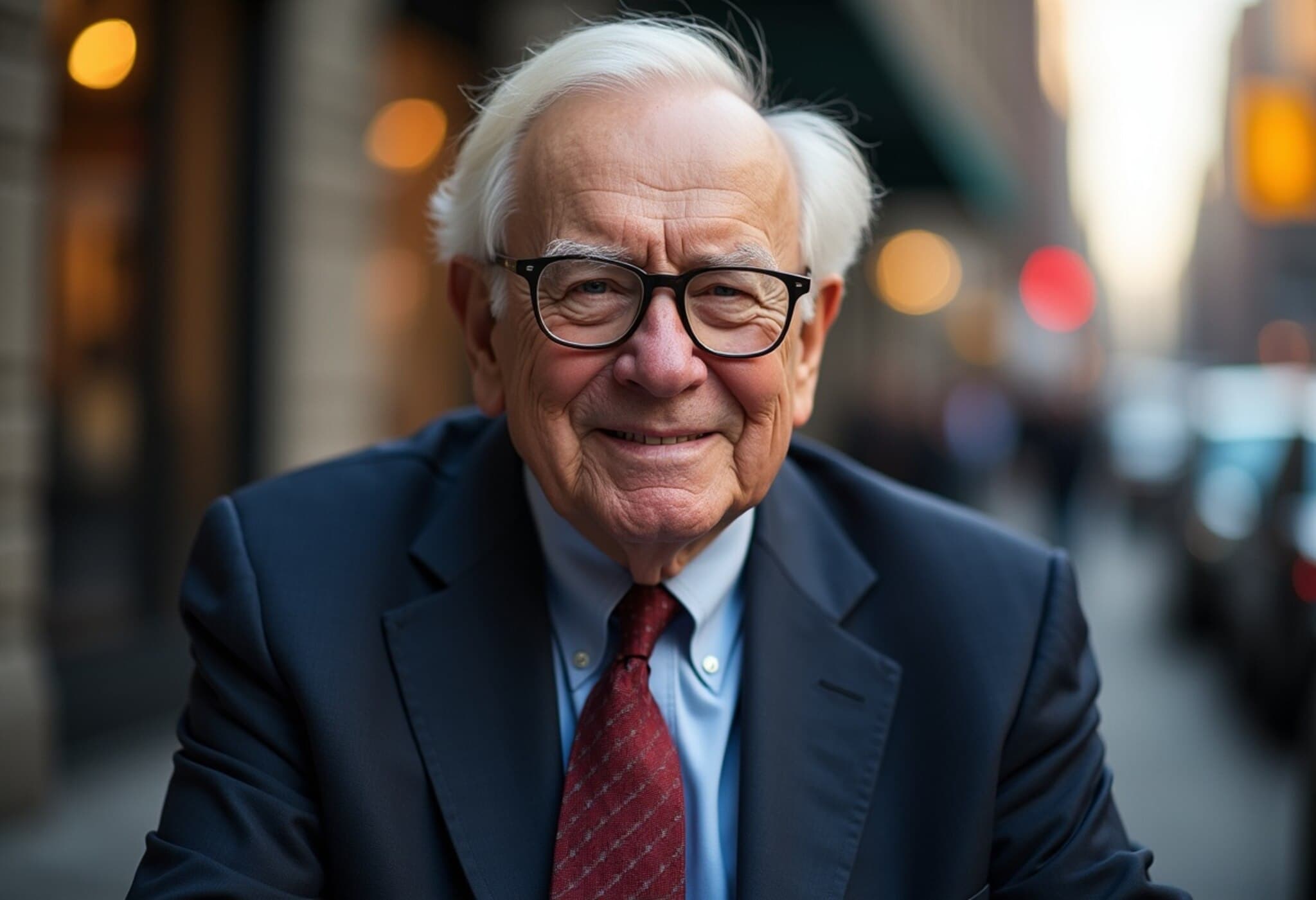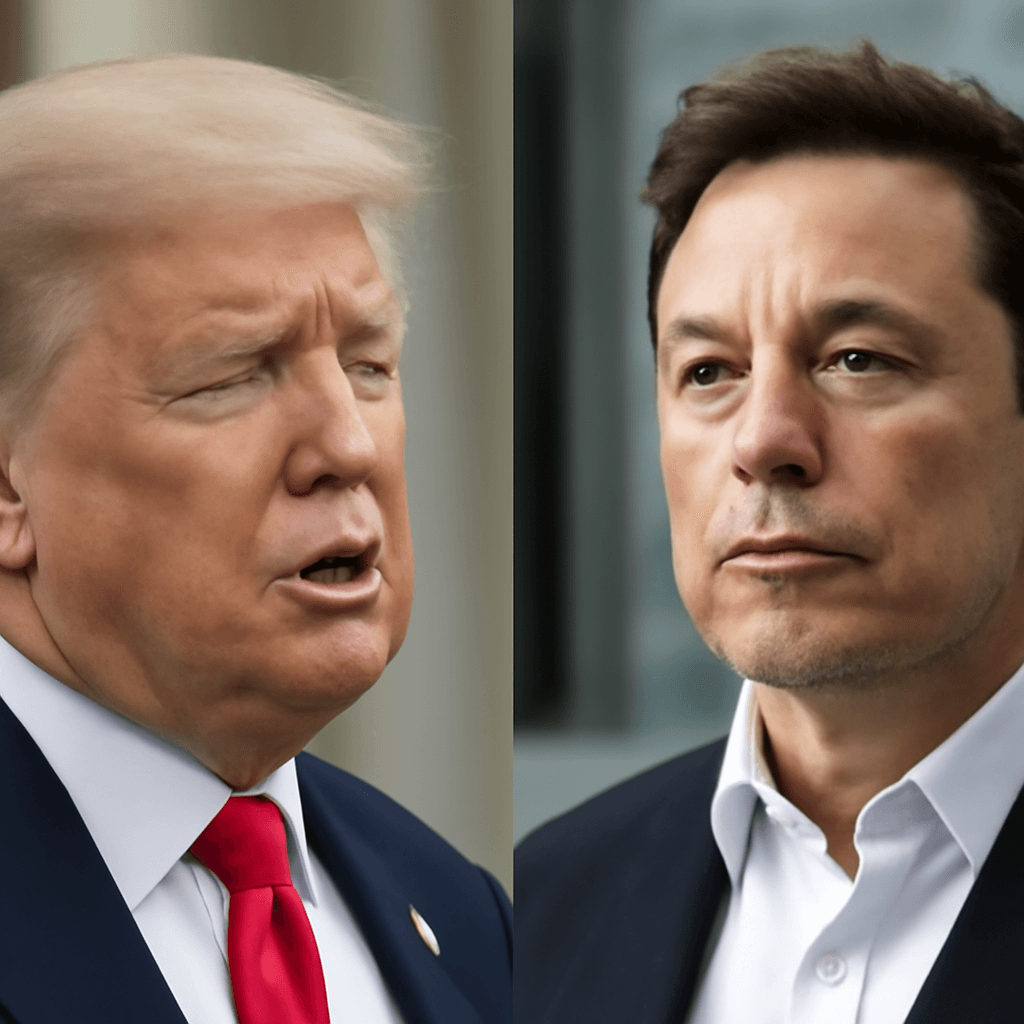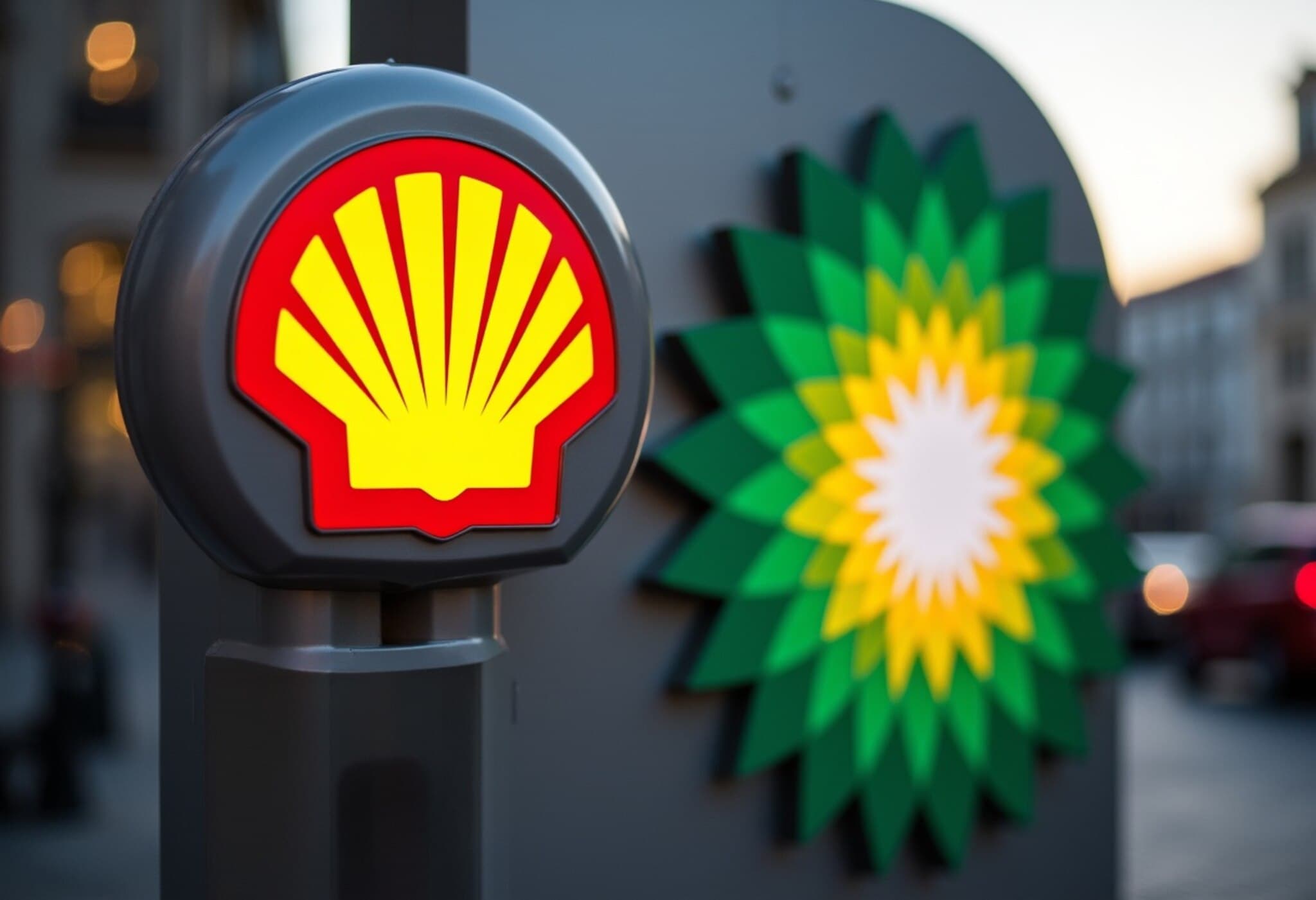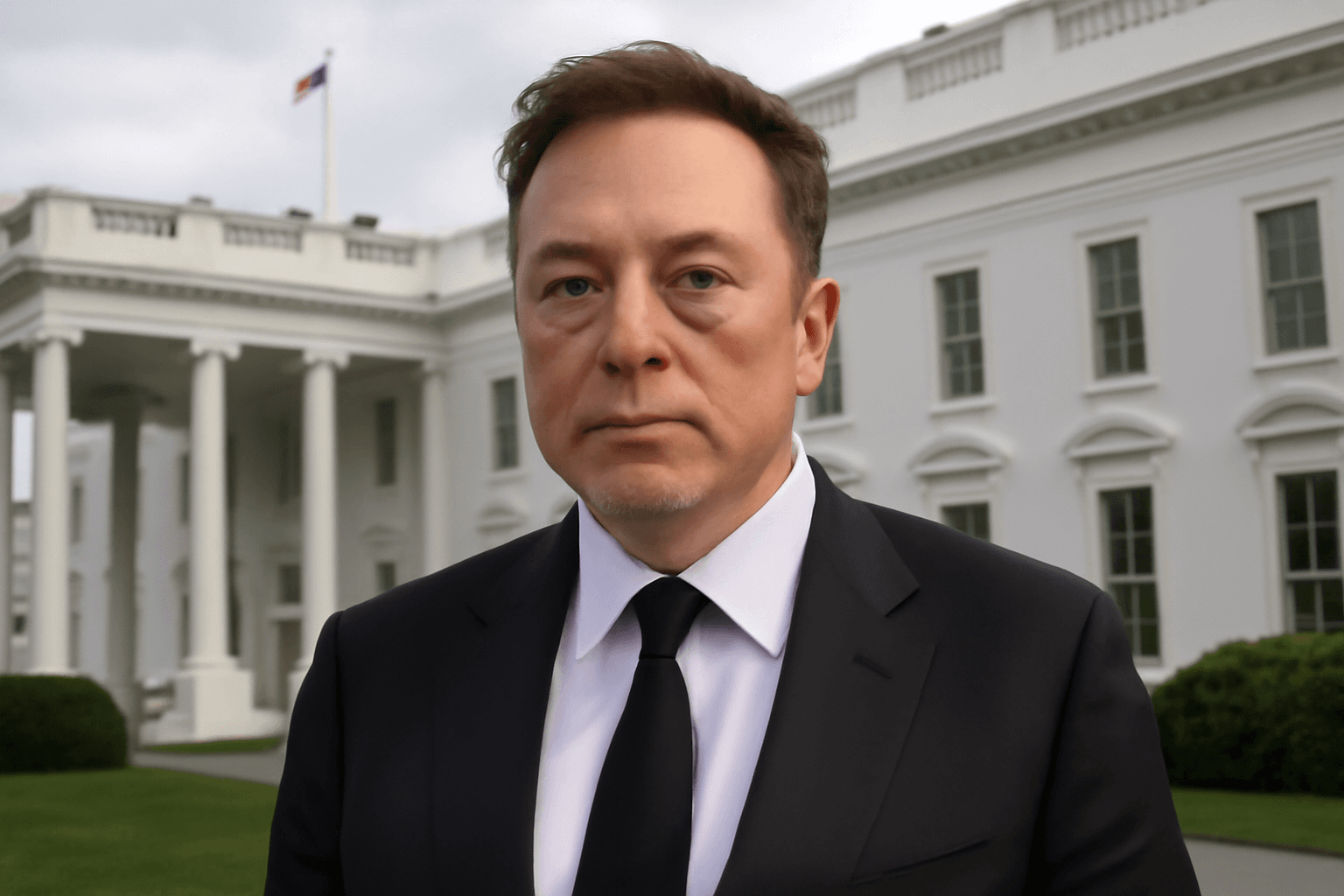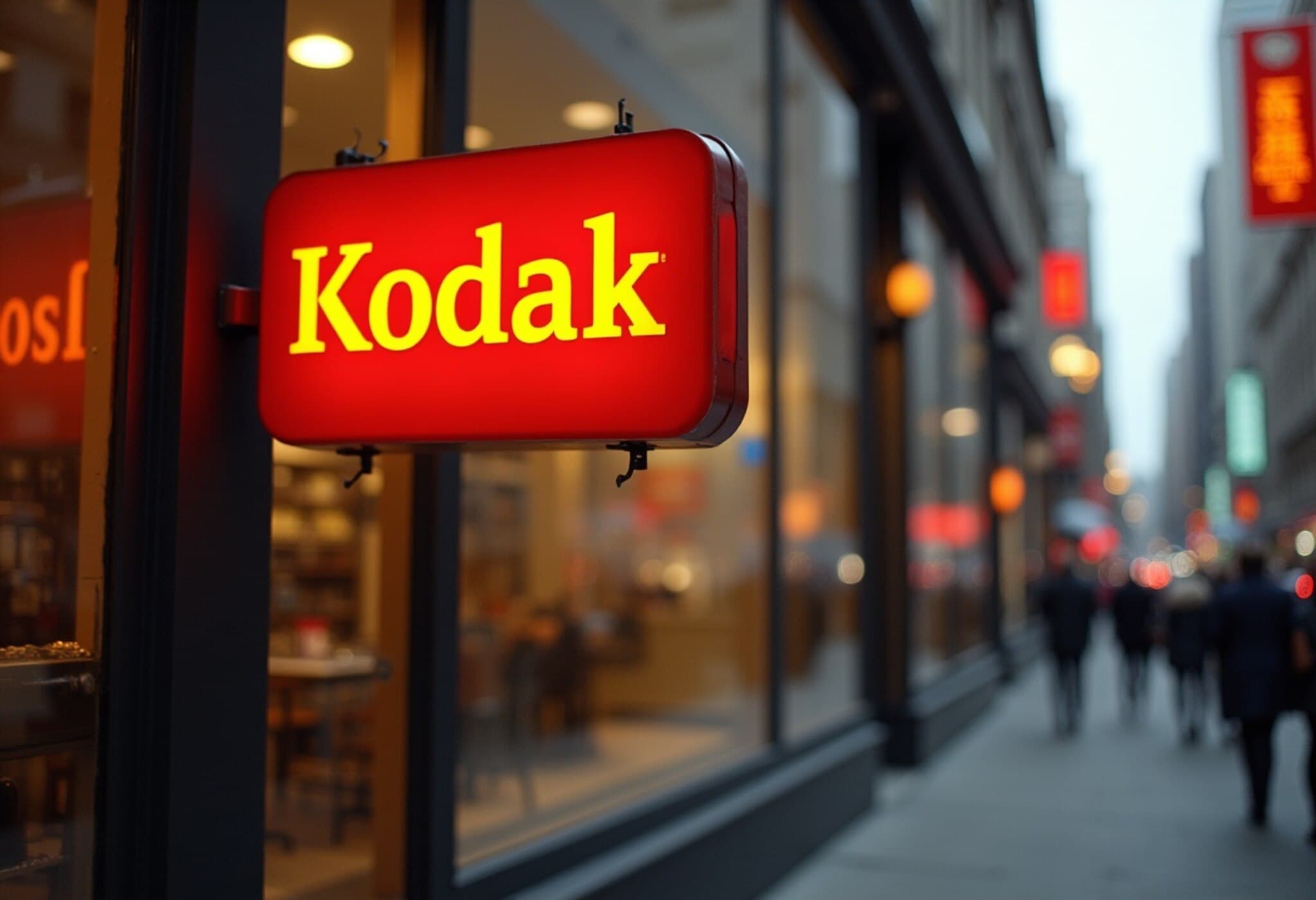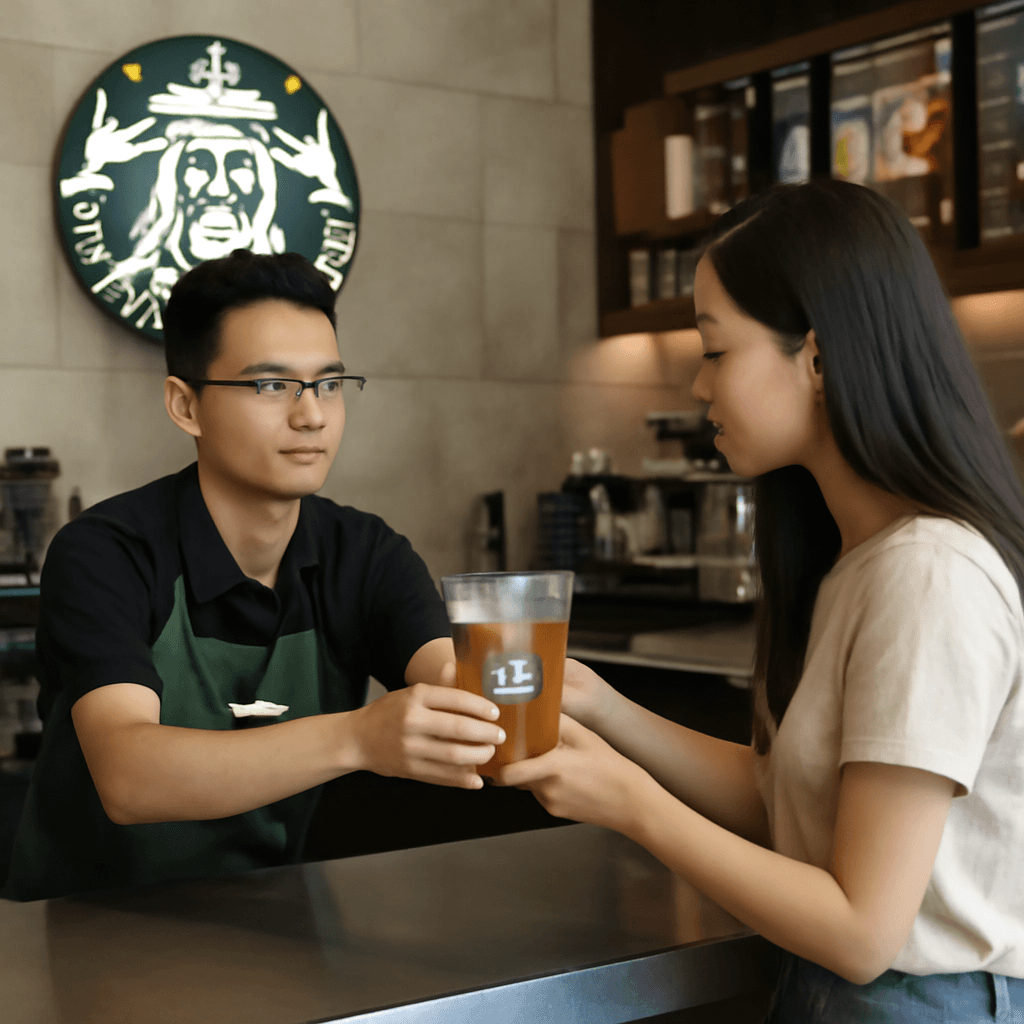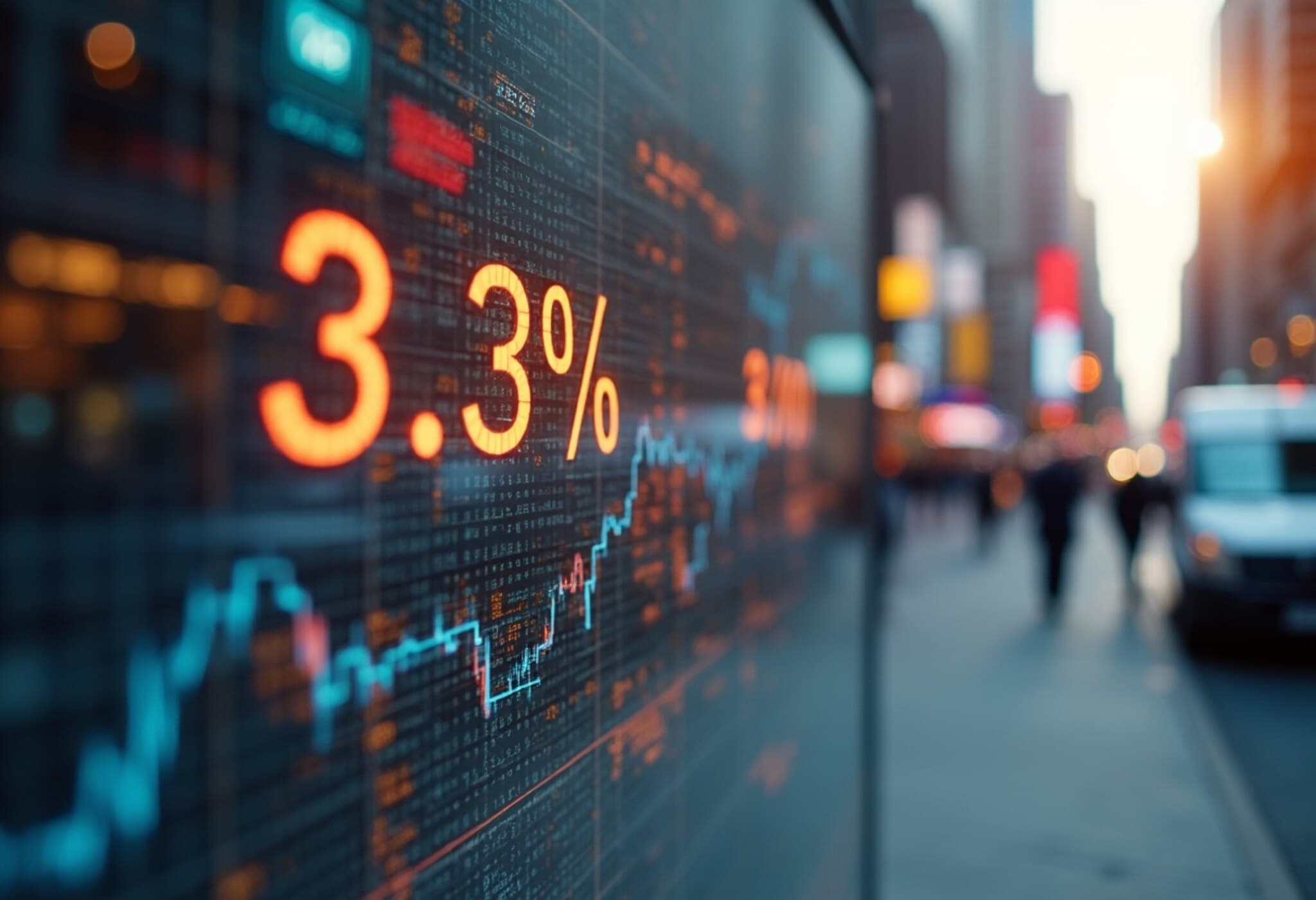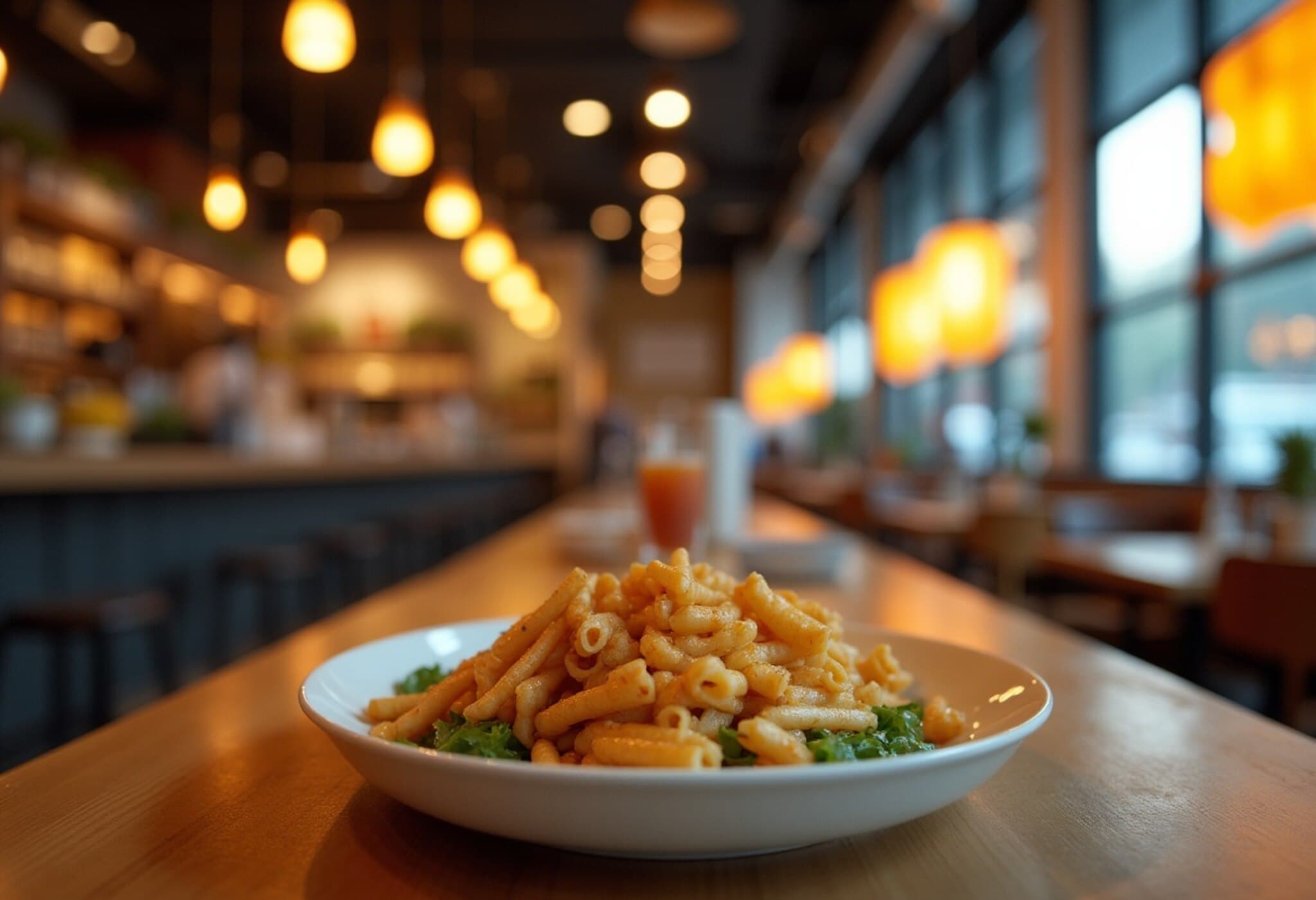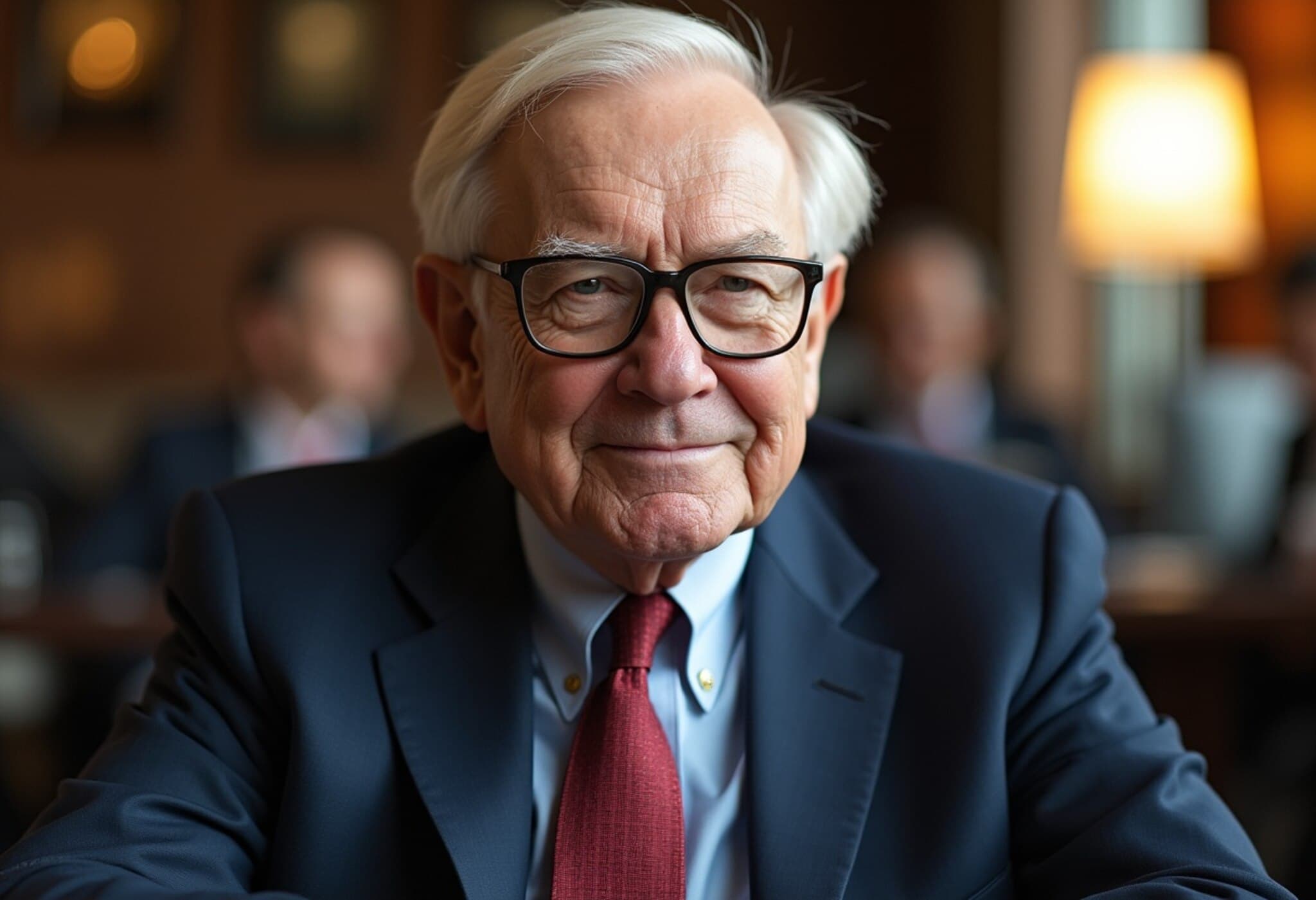Fast-Casual Restaurants Confront Unexpected Consumer Pullback
Fast-casual dining giants such as Chipotle, Cava, and Sweetgreen—once considered robust growth engines in the dining sector—are now visibly feeling the pinch of a consumer spending slowdown in 2025. After defying broader restaurant industry trends last year with strong same-store sales growth, these chains are now confronting declining foot traffic and muted sales, signaling a notable shift in consumer behavior amid lingering economic uncertainty.
Economic ‘Fog’ Clouds Consumer Confidence
Executives across the fast-casual space point to a palpable sense of caution among diners. Cava’s CFO Tricia Tolivar described the current climate as an economic “fog,” reflecting inconsistent consumer sentiment driven by inflationary pressures, job market anxieties, and unpredictable financial outlooks. Similarly, Chipotle’s CEO Scott Boatwright highlighted that customers, particularly those from lower-income brackets, are gravitating towards more affordable meal options, affecting Chipotle's same-store sales, which slipped 4% in Q2 2025.
The University of Michigan Consumer Sentiment Index underscores this trend, sliding to one of its lowest points—52.2—in April before modestly rebounding to 60.7 in June, illustrating uneven consumer confidence amid ongoing economic challenges.
Investors React: Stock Prices Reflect Consumer Hesitation
- Cava’s shares plummeted 37% in 2025.
- Chipotle’s stock dropped 28%.
- Sweetgreen’s stock faced a dramatic 70% plunge.
- Shake Shack declined 16%, while Wingstop notably was the lone gainer with a 20% rise.
This stock performance mirrors the growing investor caution about the restaurant sector’s ability to sustain growth amid declining traffic and wary consumer spending. UBS research analysts highlight that even typically resilient fast-food outlets are not immune to these pressures.
Company-Specific Challenges Amid a Broader Industry Slowdown
While economic headwinds have broadly dampened demand, individual fast-casual brands have also grappled with internal challenges. For instance, Sweetgreen faced tough year-over-year comparisons following a successful steak menu launch last year and the transitional phase of its loyalty program, contributing to a 1.9% same-store sales decline—their first downturn after prior robust growth.
To regain consumer favor, Sweetgreen is boosting value by increasing protein portions by 25%, tweaking recipes, and offering promotional pricing for loyalty members, such as $13 bowls. Similarly, Cava reported a modest 2.1% same-store sales increase in Q2 2025, falling short of the anticipated 6.1%. CEO Brett Schulman acknowledges tough comps from previous strong growth quarters but remains optimistic as Q3 shows early signs of improvement.
Consumer Behavior Shift: Seeking Value in Uncertain Times
“There is a clear shift towards value-driven purchases,” explains industry analyst Tracey Ryniec from Zacks Investment Research. The landscape is increasingly competitive as consumers prioritize affordability, turning to snack-sized or $5 meal options, often provided by competitors.
This trend reflects a wider economic reality: fast-casual diners typically hail from higher-income, white-collar demographics, but even these consumers are not immune to broader inflationary and employment concerns, prompting a conservative approach to dining expenditures.
Looking Ahead: Signs of Stabilization?
Despite the current slowdown, many fast-casual operators remain cautiously optimistic. Chipotle reported a rebound in customer traffic entering Q3, and Sweetgreen noted “modest” improvements. Wingstop continues to navigate softer demand but benefits from easier comparisons to last year's results, suggesting some resilience.
While the sector contends with economic headwinds and evolving consumer preferences, the recent uptick in consumer sentiment—from mid-year readings—offers a glimmer of hope that fast-casual dining might regain momentum as the year progresses.
Expert Commentary: Economic Cycle and Fast-Casual Dining
From a broader economic standpoint, this dip in fast-casual restaurant performance exemplifies how discretionary spending tightens during periods of uncertainty, even among affluent customer segments. The current “economic fog” reflects broader macroeconomic issues such as inflation concerns, wage stagnation, and geopolitical uncertainties, which are collectively dampening consumer confidence and spending willingness.
Policy analysts suggest that a sustained recovery in this sector depends not only on economic stabilization but also on how quickly restaurants can adapt their offerings to align with evolving consumer priorities—emphasizing value, convenience, and quality.
Summary Box: Key Takeaways
- Consumer caution amid economic uncertainty is reducing spending in fast-casual dining.
- Stock market valuations reflect this slowdown, with notable declines in major chains.
- Companies are responding by adjusting menu pricing, portions, and loyalty incentives.
- The trend highlights broader economic pressures impacting discretionary spending.
- Early signs of improvement in Q3 suggest potential stabilization if consumer confidence strengthens.
Editor’s Note
Fast-casual restaurants have long symbolized the intersection of convenience, quality, and casual dining appeal. The current slowdown reminds us that even thriving sectors are vulnerable to economic shifts and changing consumer mindsets. As 2025 unfolds, watching how these chains innovate and respond will offer clues not only about the dining industry’s trajectory but also the broader resilience of American consumer spending.

